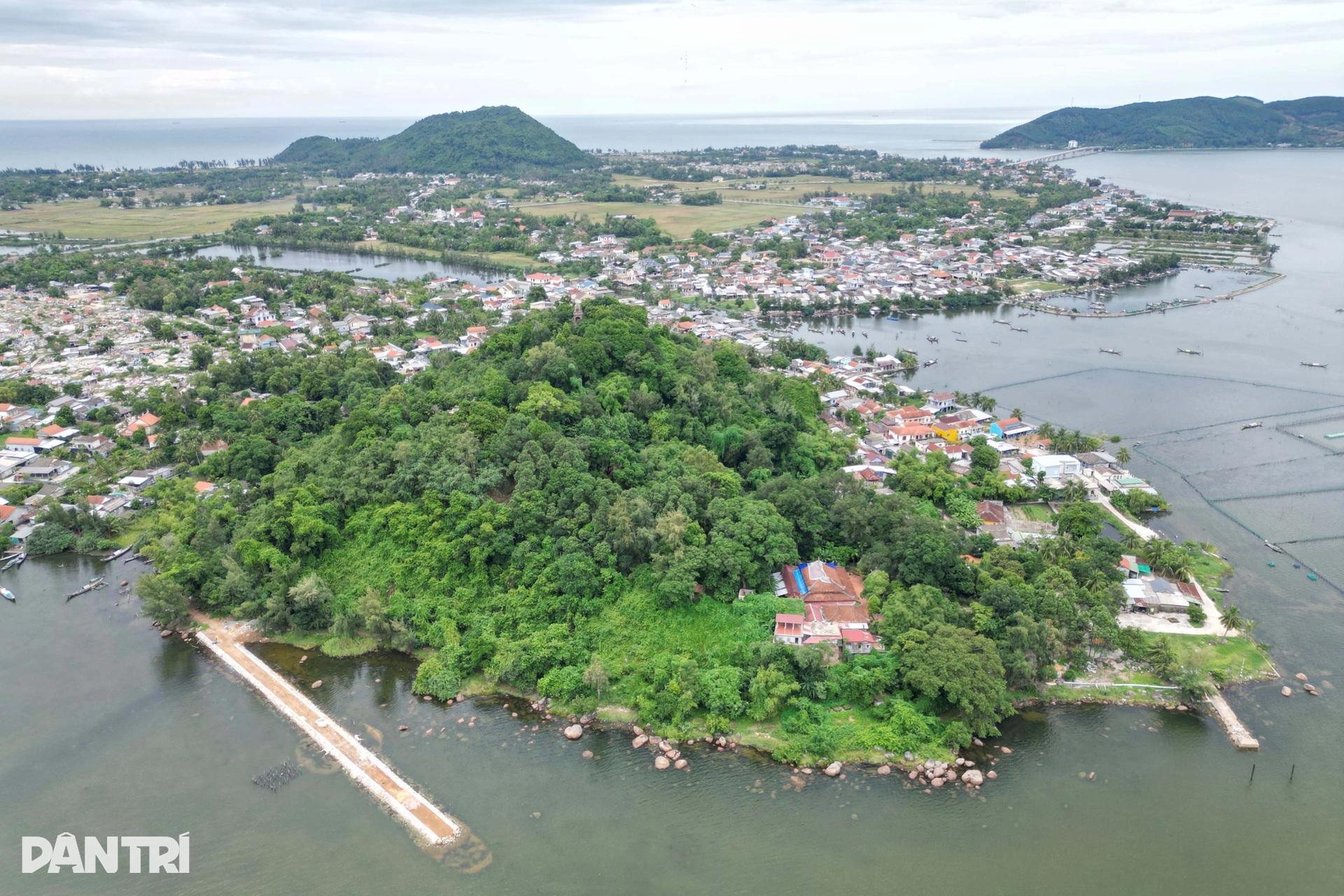
Thanh Duyen Pagoda is located on Tuy Van Mountain, on the shore of Cau Hai Lagoon and Tu Hien Seaport, now in Vinh Loc Commune, Hue City. According to historical documents, this mountain was ranked 9th among the 20 beautiful landscapes of the Imperial City by King Thieu Tri.
Thanh Duyen Pagoda was built in the second half of the 17th century, under the reign of Lord Nguyen Phuc Tan. In 1825, King Minh Mang rebuilt the pagoda and then issued a decree to promote it to the status of national pagoda.
In 1996, the pagoda was recognized by the state as a national cultural and historical relic.
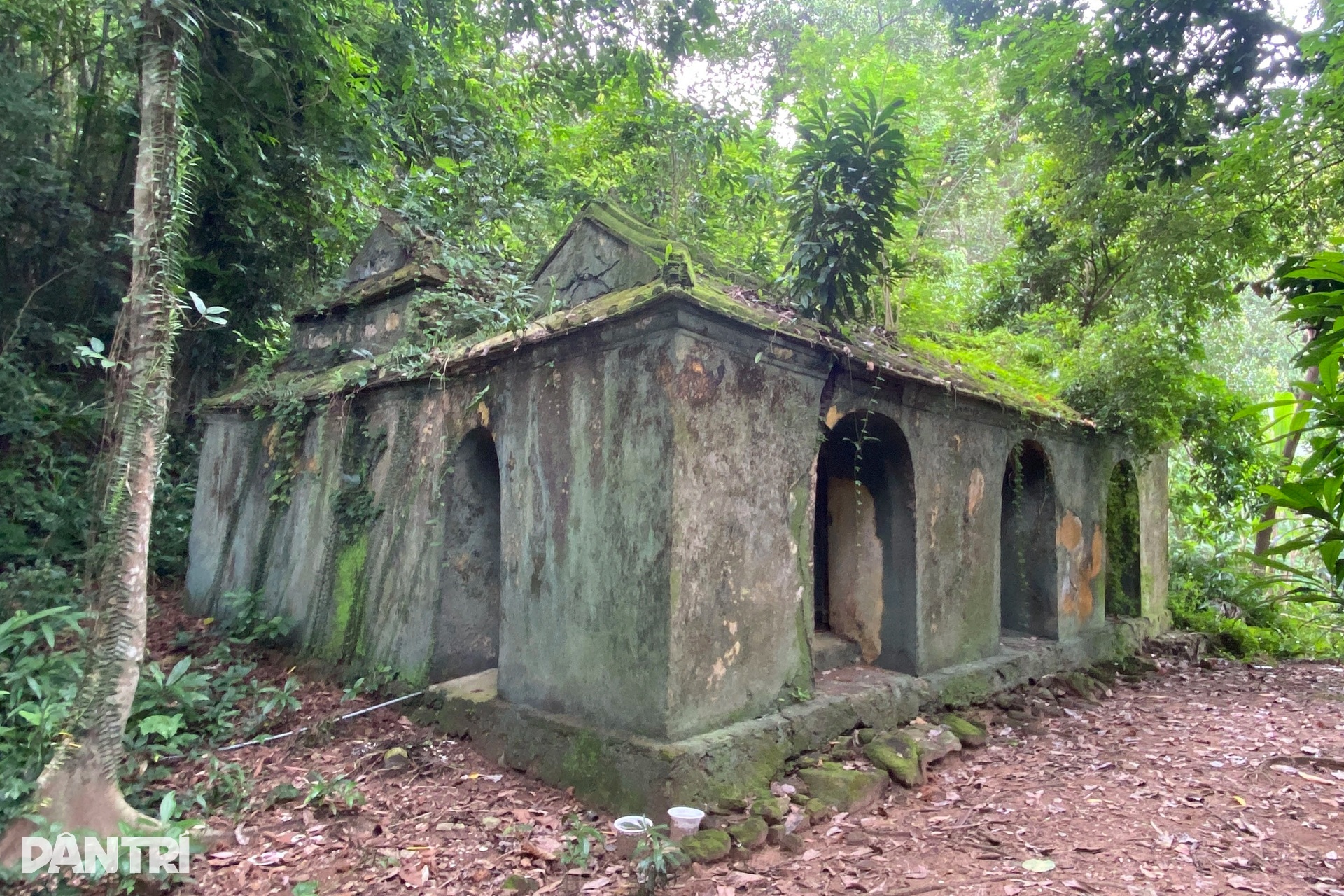
According to Dai Nam Nhat Thong Chi, in 1648, Lord Nguyen Phuc Tan, during a tour to Cau Hai lagoon, discovered a small hermitage. The Lord ordered the construction of a small pagoda on the hermitage's foundation to serve as a place to pray for blessings for all people.
Today, the old vestiges are still preserved, located on the right side of the main hall of Thanh Duyen Pagoda.

In the photo is the main hall of Thanh Duyen Pagoda today. In addition to worshiping Buddha, this place also worships the tablet of King Minh Mang.
The main hall was built in the traditional Hue house style mixed with royal architecture with tiled roof, windows decorated in the shape of the letter "Tho", and surrounded by a wall.
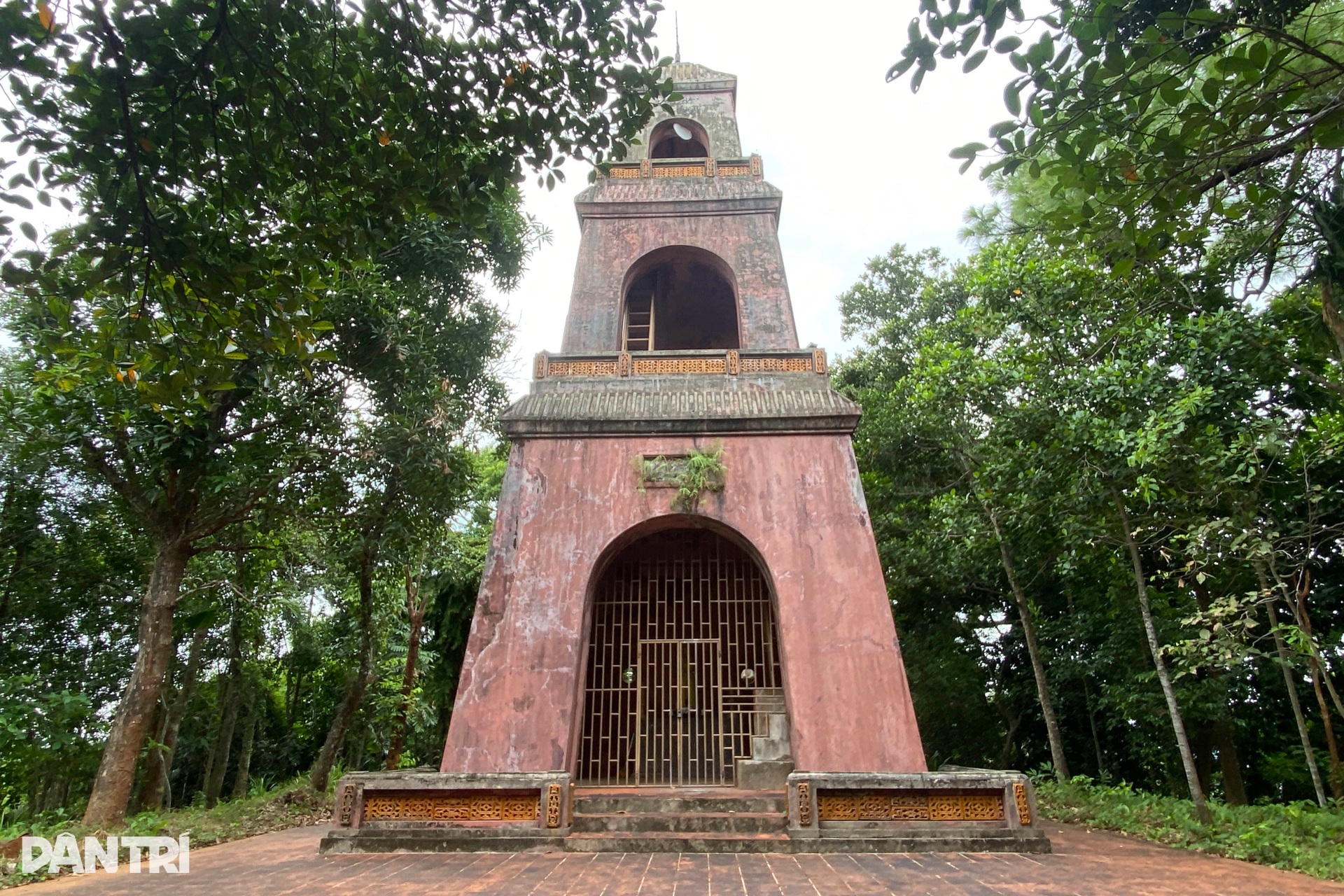
Dieu Ngu Tower, one of the main structures at Thanh Duyen Pagoda, is located on the top of Tuy Van Mountain.
According to historical records, in the past, Tuy Van mountain and Thanh Duyen pagoda were often visited by scholars and artists, including famous kings of the Nguyen dynasty such as Minh Mang, Thieu Tri, and Tu Duc.
Many masterpieces of literature and poetry praising the beauty of this place by emperors were engraved on stone steles and are still preserved in the temple.

Monk Phap An (practicing at Thanh Duyen Pagoda) said that the national pagoda currently owns 38 ancient bronze statues, more than 200 years old.

In particular, Thanh Duyen Pagoda owns the largest bronze statue of 18 ancient Arhats in the country and was recorded in the Vietnam Record Book in 2008.
Besides, at the pagoda there is also a set of Eighteen Arhat statues made of gilded bamboo, which are currently very carefully preserved.
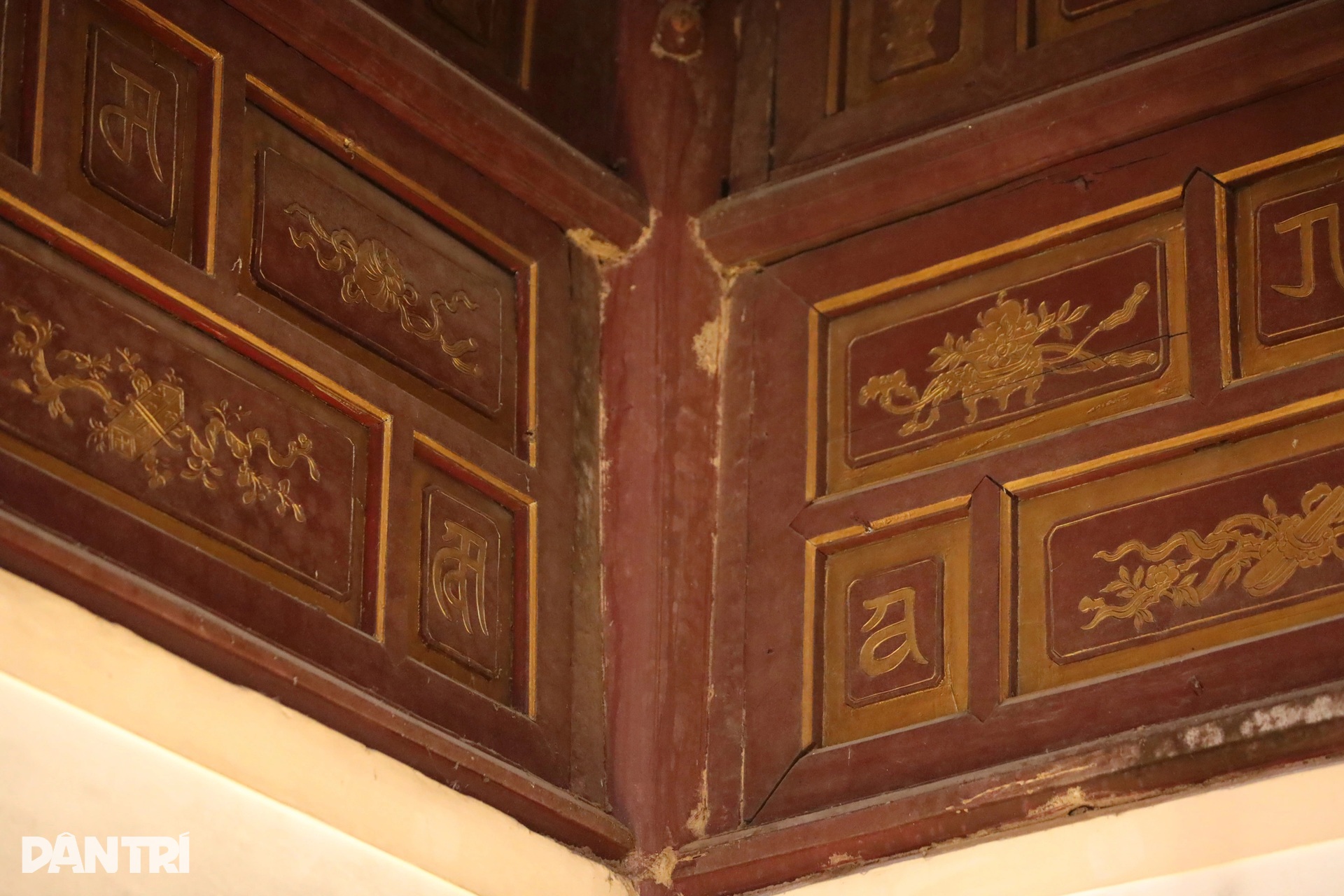
According to monks, over the long period of existence, many items of the main hall of Thanh Duyen Pagoda have deteriorated, and the wooden structure has been eaten away by termites.

Thanh Duyen Pagoda is also often affected by major storms. Monk Phap An said that after a storm in early 2023, many tiles on the roof of the main hall of the pagoda fell off and broke. Since then, the pagoda has had to use temporary tarps to prevent rainwater from splashing inside.
Because this is a national monument, the pagoda is preparing documents to submit to the competent authority for approval of the restoration and embellishment project.

A stele house in the Thanh Duyen pagoda grounds is also damaged and degraded, and needs to be restored.
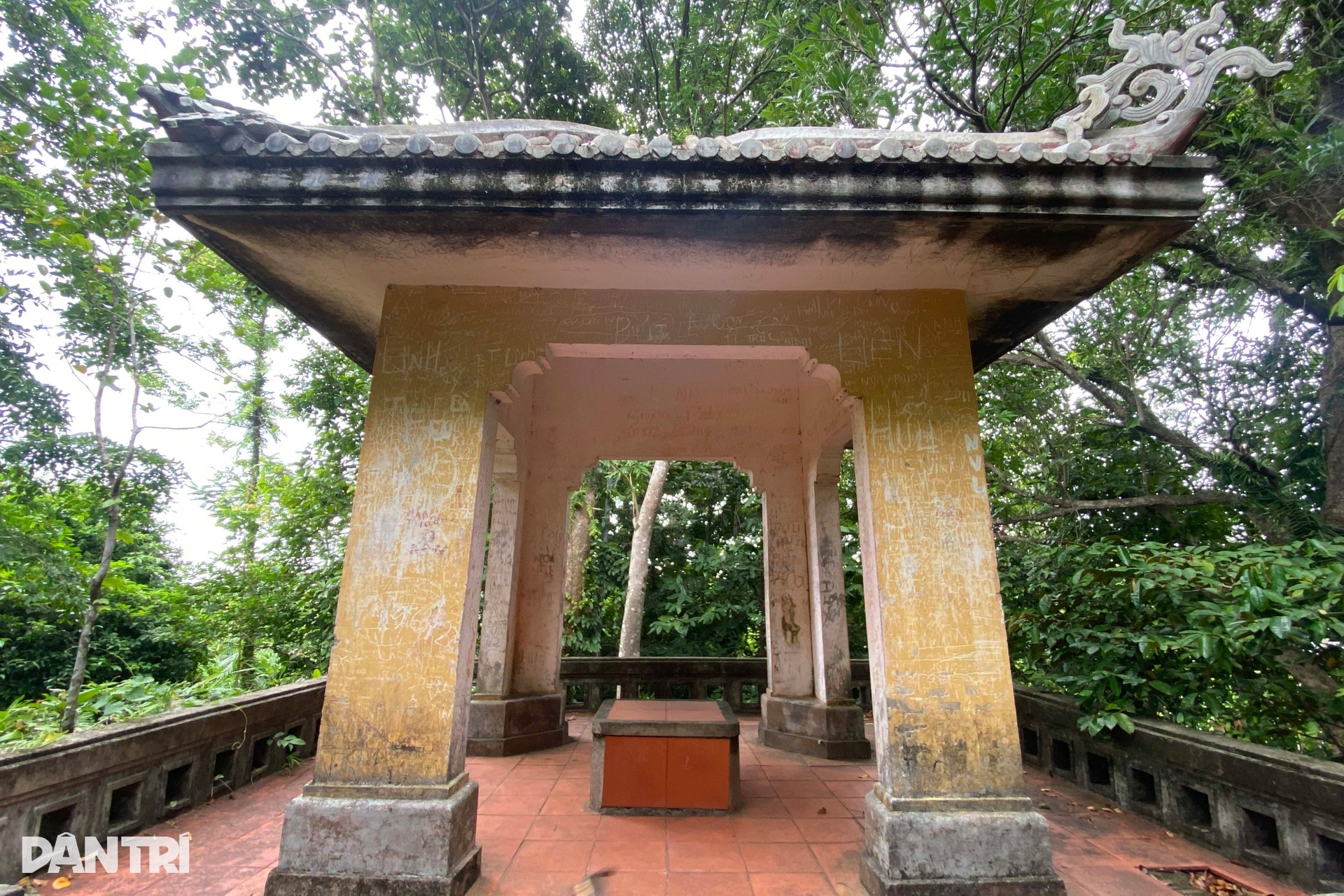
Tien Sang Temple, located behind Dieu Ngu Tower on top of Tuy Van Mountain, has had part of its roof damaged. The structure has also been covered in graffiti by locals and tourists.
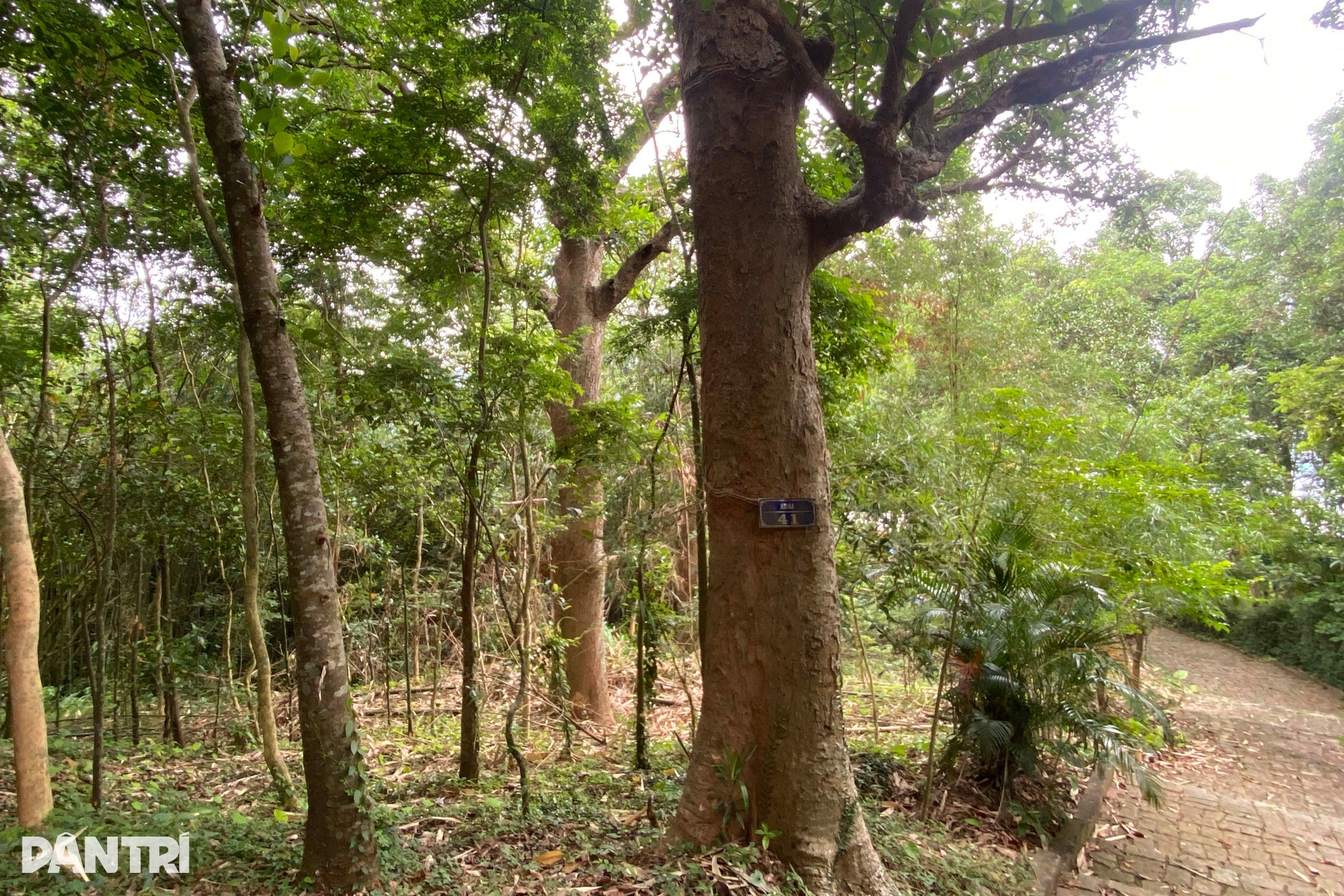
In addition to the architectural system bearing the mark of the Nguyen Dynasty's architectural style, Thanh Duyen Pagoda also has 113 ancient trees, 200-300 years old, including species such as pine, mango, jackfruit, hybrid oil, ironwood... which have been numbered in order.

In the photo is the square well archaeological site located at the foot of the mountain, in the courtyard of Thanh Duyen pagoda.
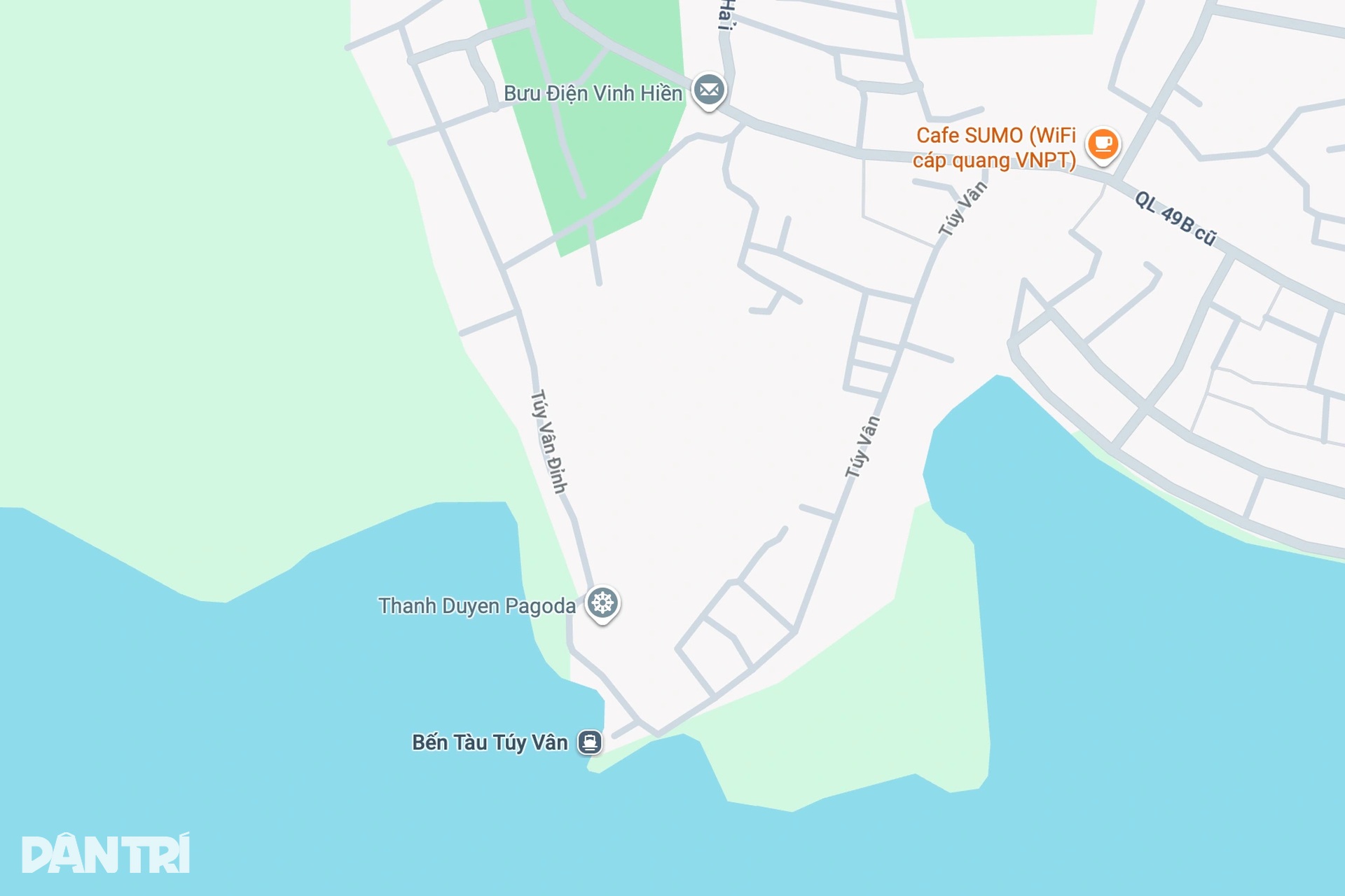
Location of Thanh Duyen Pagoda on the map (Photo: Google Maps).
Source: https://dantri.com.vn/du-lich/quoc-tu-so-huu-loat-tuong-dong-co-lon-nhat-viet-nam-xuong-cap-can-ton-tao-20250926104733478.htm




































![[Photo] Prime Minister Pham Minh Chinh receives Secretary of Shandong Provincial Party Committee (China) Lin Yu](https://vphoto.vietnam.vn/thumb/1200x675/vietnam/resource/IMAGE/2025/9/26/821396f0570549d39f33cb93b2e1eaee)
































































Comment (0)